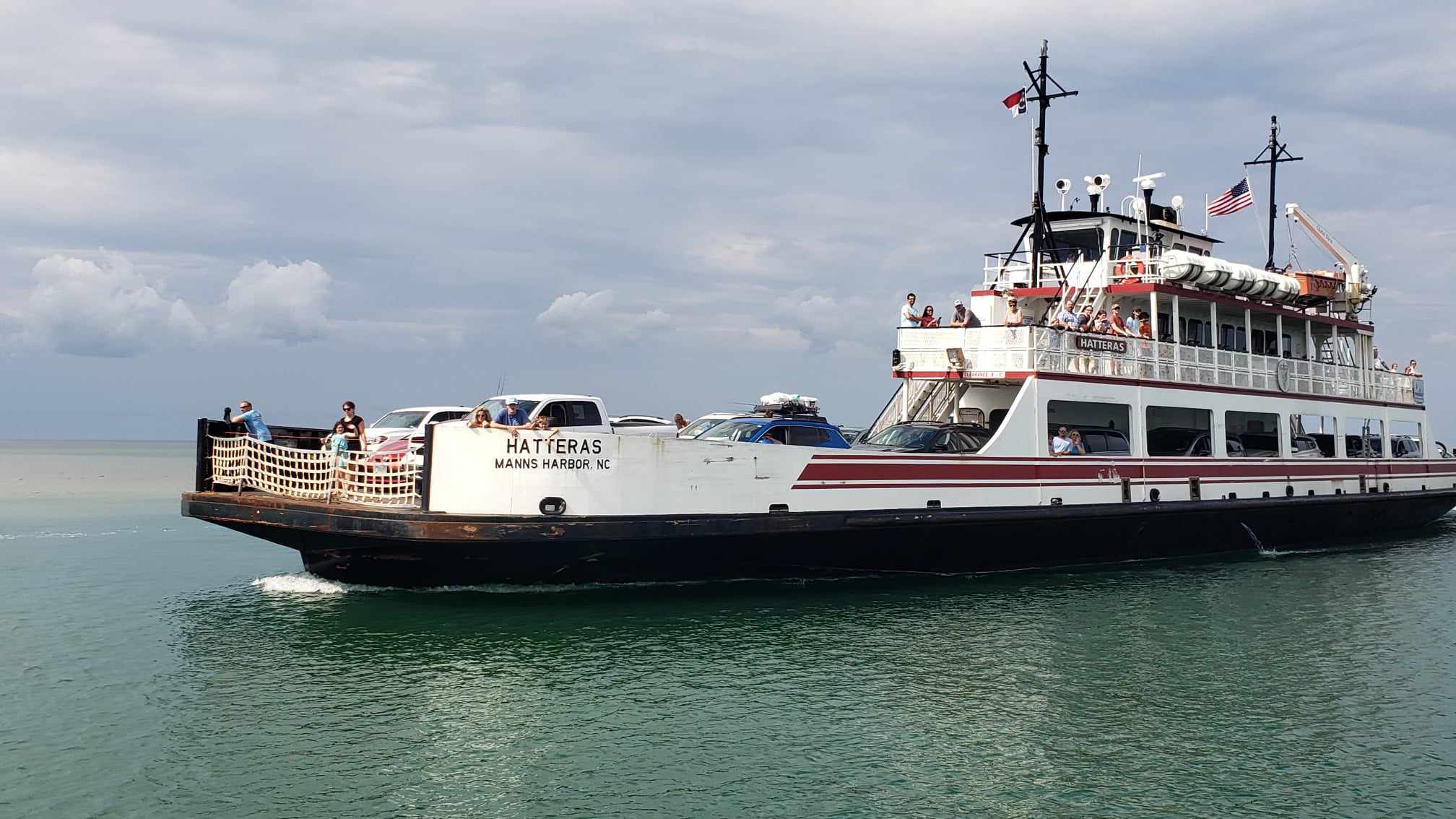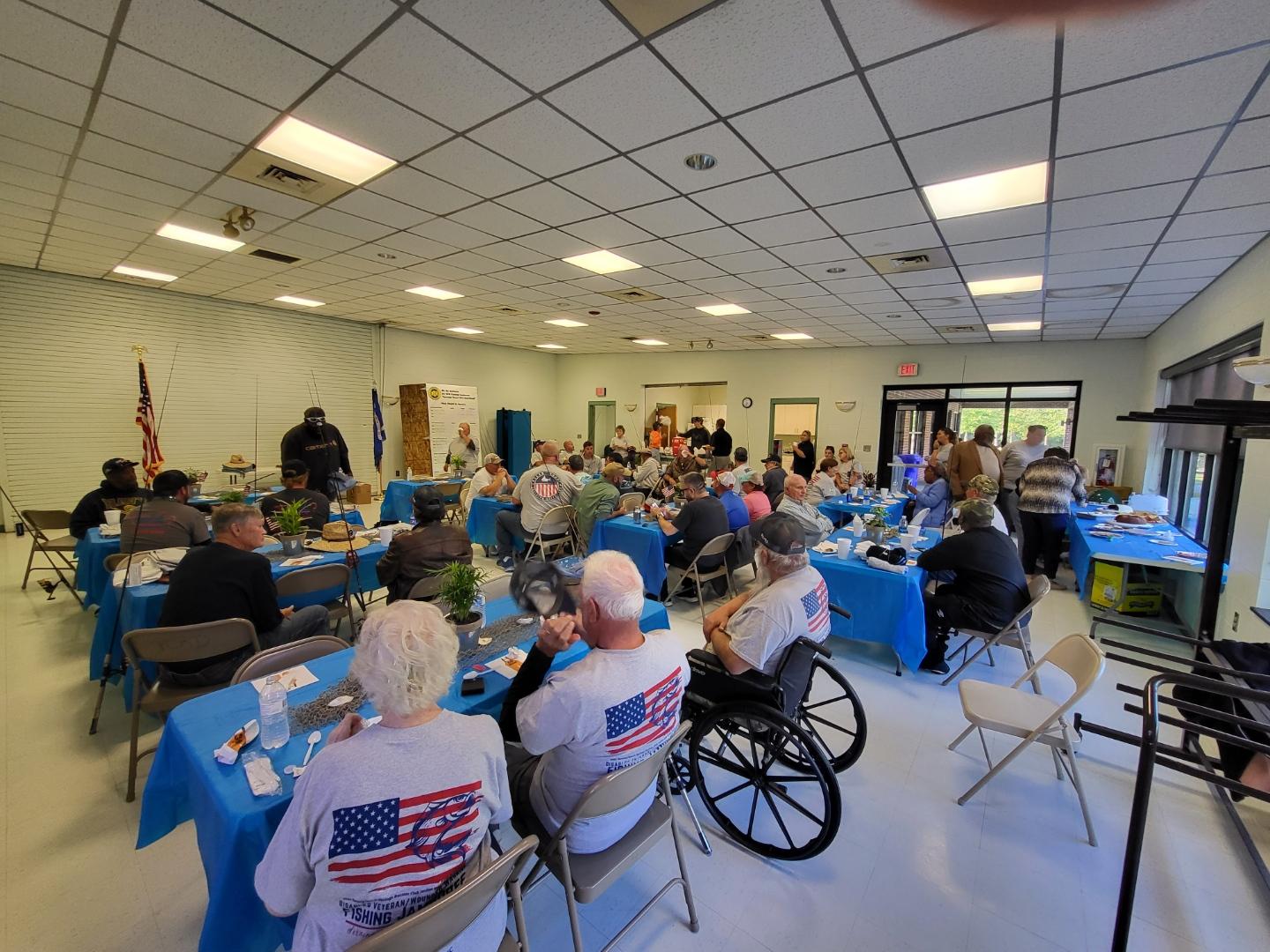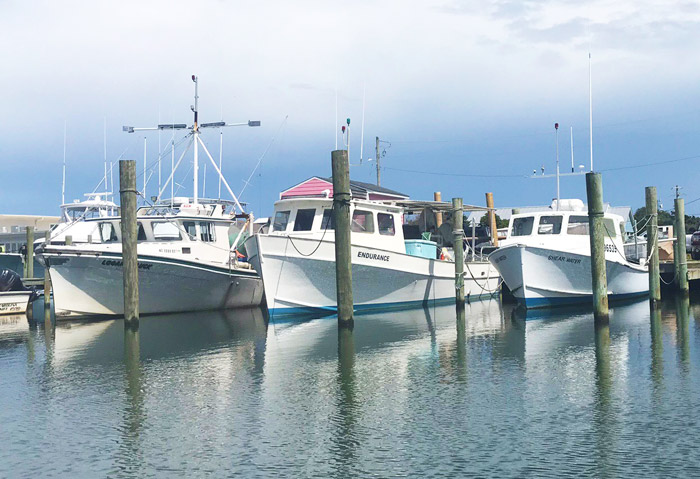Fishing Photos Bring Insight to Local Industry’s Past and Future
By SARAH ALLMAN
By SARAH ALLMAN
For as long as there has been an ocean, there have been brave fishermen to harvest the treasure from its shores. Indeed, there is a rich history of fishing along the Atlantic coast, and especially on Hatteras Island.
However, as government regulations increase and long-standing traditions cease, it has become more and more imperative to preserve this way of life. Though not always an easy group to get a hold of, one photographer chose to enter into this foreign world and learn something new about his fellow islanders.
It wasn’t until about five years ago that local Outer Banks photographer, Daniel Pullen, got the idea to explore this often misunderstood group. At the time, Lynne Foster was writing an article for the Island Free Press about Day at the Docks, and the island’s history of both commercial and charter fishing. When she asked Pullen to shoot some photos to accompany the article, he quickly agreed to deliver the shots of local fishermen that she needed.
Pullen first rode out with Bob McBride to capture commercial fishing and Ernie Foster to capture recreational charter fishing. Though he says that he has never really enjoyed being on a boat, Pullen was unexpectedly drawn to fishing, and commercial fishing in particular. Pullen recognized that while charter fishing was an exciting adventure, commercial fishing was where the real work got done.
Ever since then, Pullen has gone out a few times a year with commercial fleets in hopes of capturing the complex lifestyles and personalities of local commercial fisherman. He has shot over 10,000 photos for the project in the past few years, but has culled them down to a few hundred. Despite his years of shooting, Pullen feels that with all of the complex personalities and lifestyles of fishermen on the island, there is still so much more to capture. He even has a list of boats he still hopes to ride out on.
Though these men and women had no problem agreeing to be photographed, Pullen quickly found that it was difficult for many of them to let their guard down because they’d had so much outside opposition working against them and their way of life. Pullen realized it was his responsibility to guard this group from negative backlash, for if the photos “got into the wrong hands, they could be manipulated to tell a different story [other than the truth] and shut them down.”
Pullen says this project has opened his eyes to a whole way of life on Hatteras Island that he had never known before. Although Pullen grew up on Hatteras Island, he had never enjoyed fishing or spent time at the docks before starting this project. Though his trips out have become less frequent in recent years, Pullen still considers it his duty to educate people on commercial fishing and to be a voice for this community. Through the public display of his photos, he hopes to showcase that commercial fishermen are extremely intelligent men and women who probably know more about the environment around them than the people that determine their access to the sea’s catch.
Pullen’s photos have even gained fame beyond the island. In the summer of 2014, Susan West from Outer Banks Magazine got word of Pullen’s photos and used them in conjunction with an article spotlighting three young commercial fishermen on Hatteras Island: Darrin McBride, Jeremy O’Neal, and Nathan Everett. This article not only displayed the amazing photos in the series, but gave recognition to the young fishermen trying to make a living in a declining industry.
This article served as encouragement to the community that commercial fishing was not just an occupation of the past, but a hope-filled labor for younger generations.
Pullen says he owes a special thanks to both Lynne and Ernie Foster for pushing him to keep photographing commercial fishermen and life in Hatteras village. Since indulging in this challenging project, Pullen’s photographic skills have improved immensely. Though he admits that it is sometimes hard to look back on older photos in the project, he intends to let go of the photos he cannot reshoot and move on to do better work. Pullen’s photos serve as something of a memorial not only to his older work, but also to generations of men and women of Hatteras Island who have made a career on the water. They display not only the traditions of the past, but also a perseverance that wills this island into the future.
There is currently no permanent space to display the images in Pullen’s project, but he and his team are on the lookout for one. To view a portion of the photos in the series, visit http://www.danielpullenphotography.com/hatteras-fisherman-project/.








